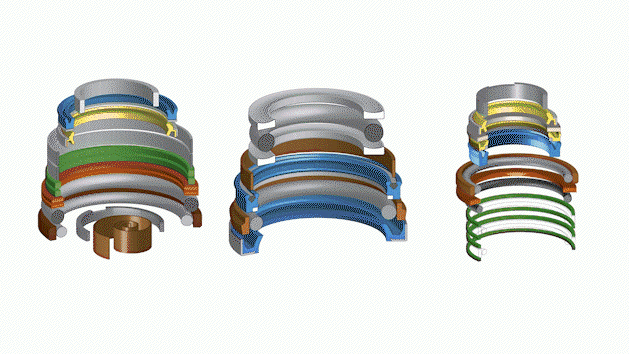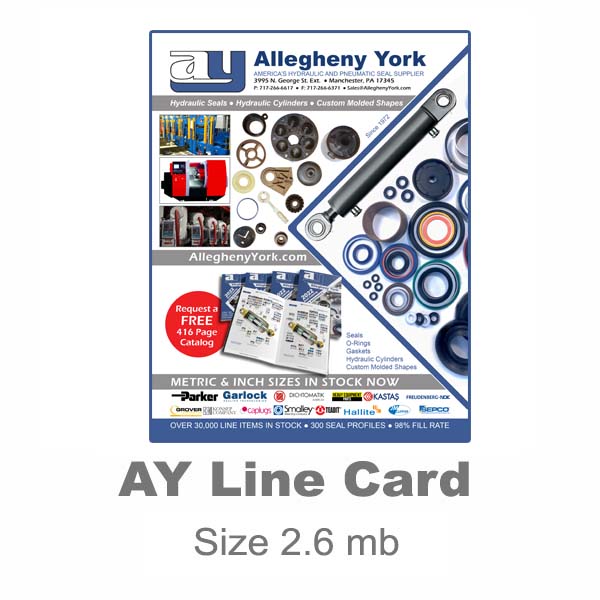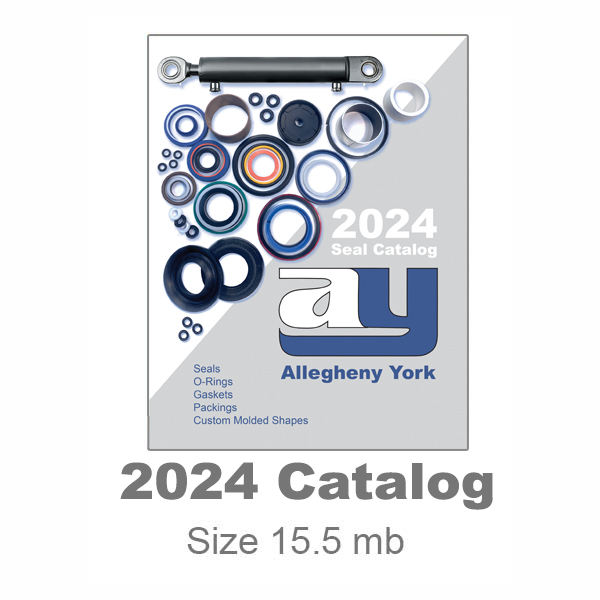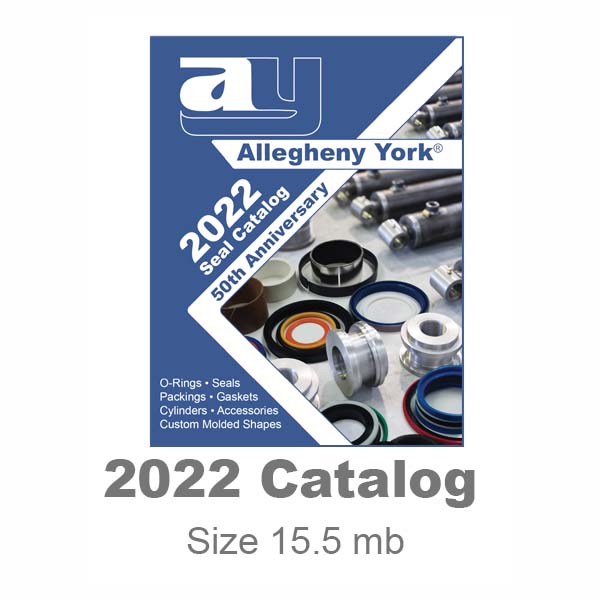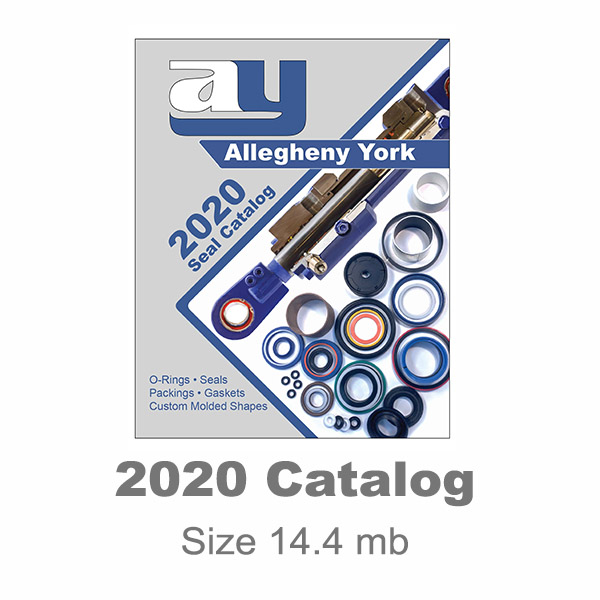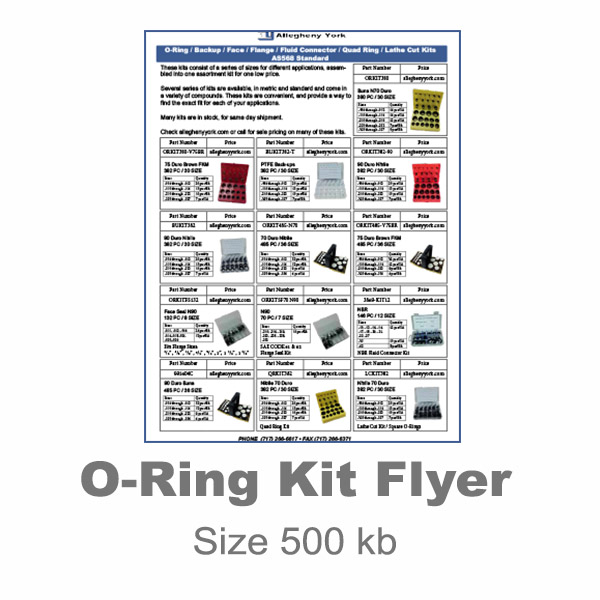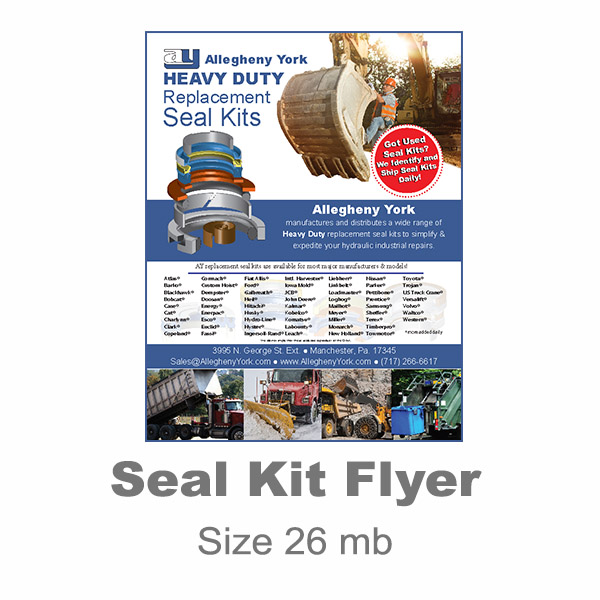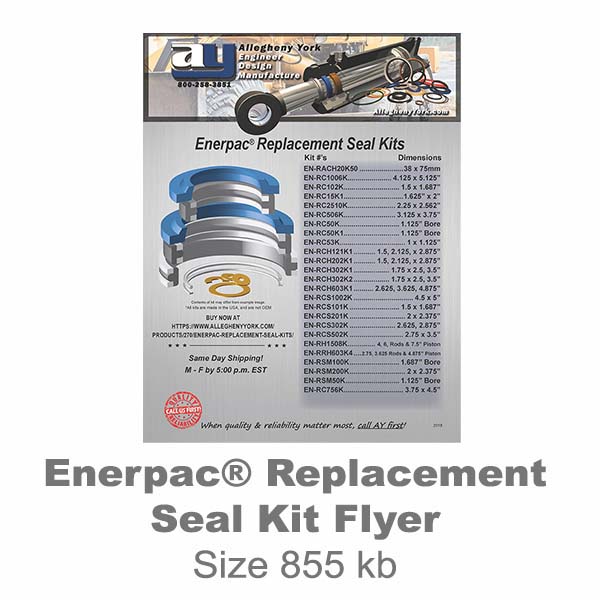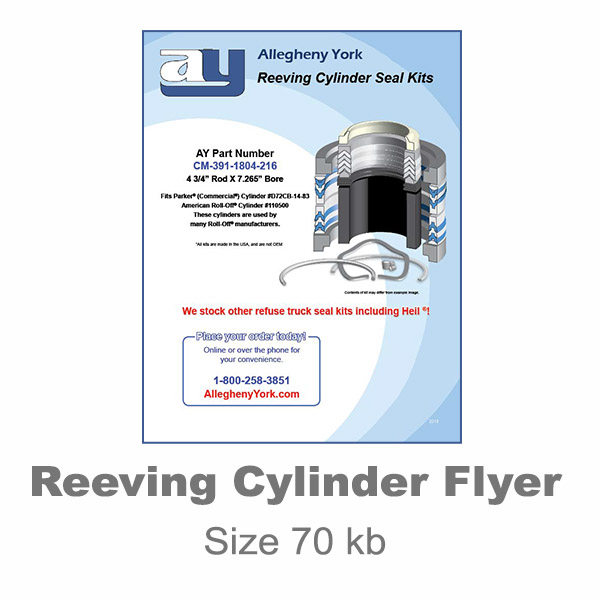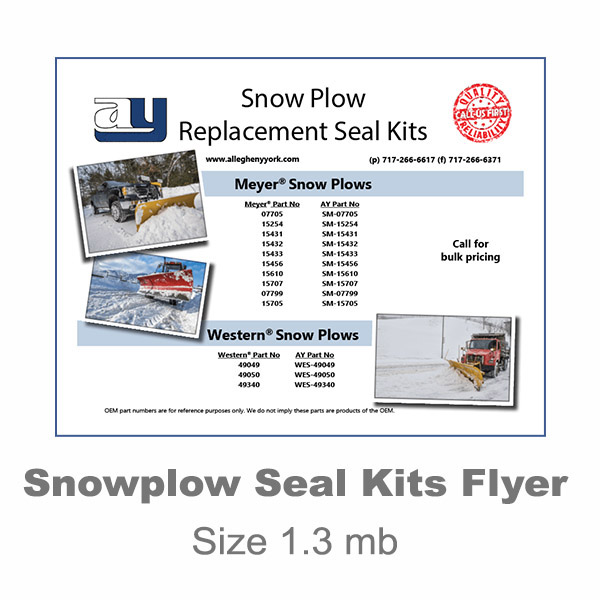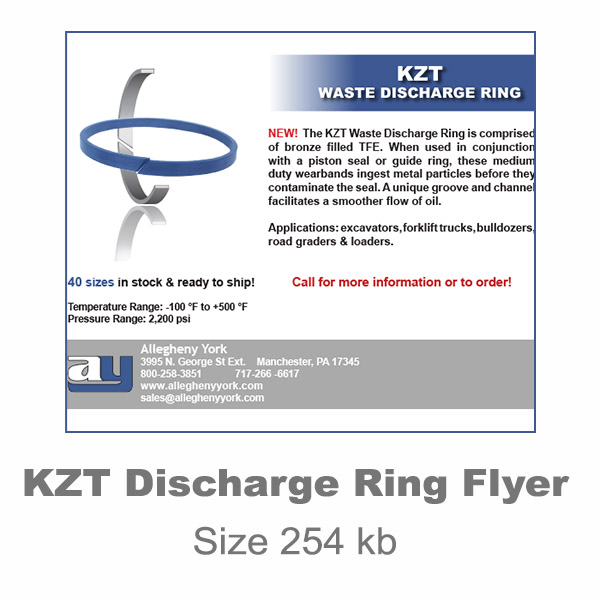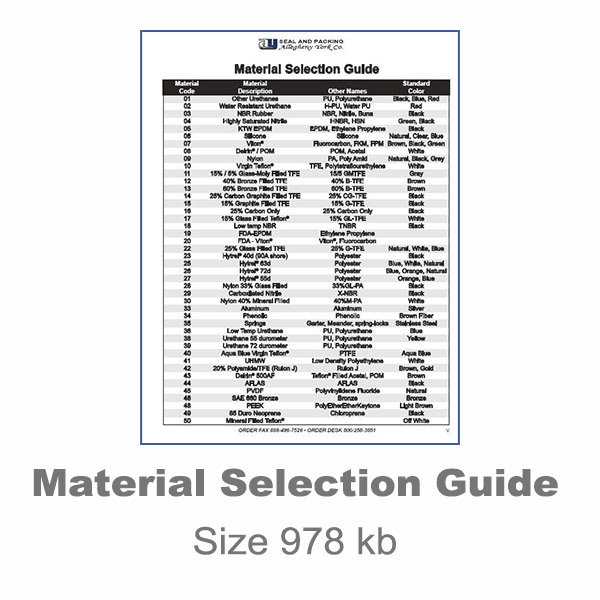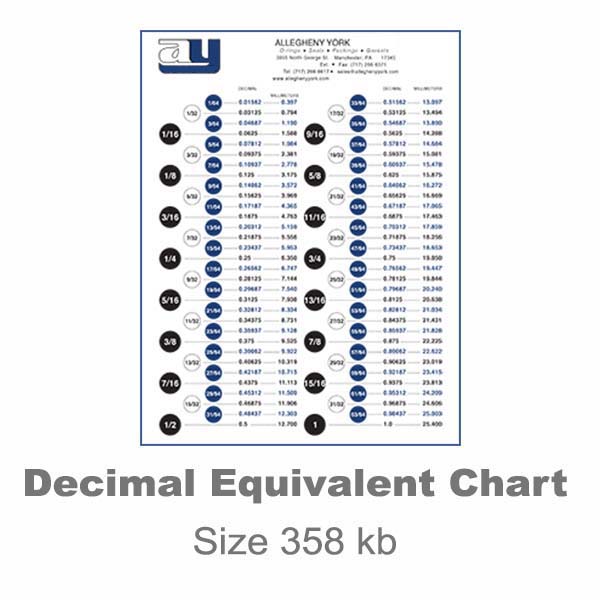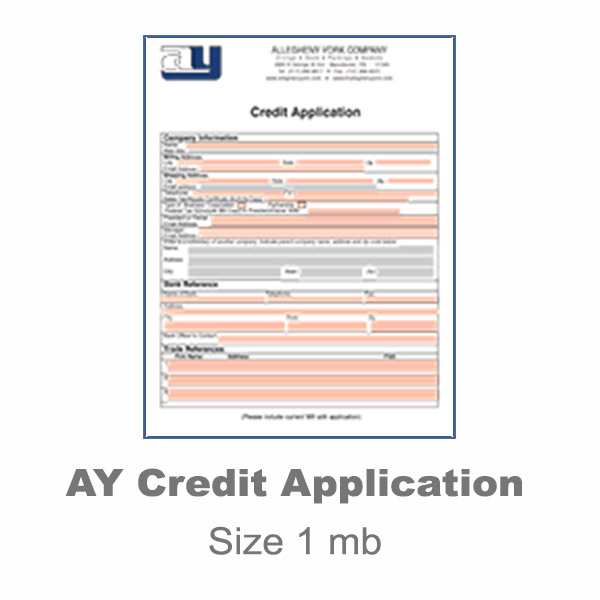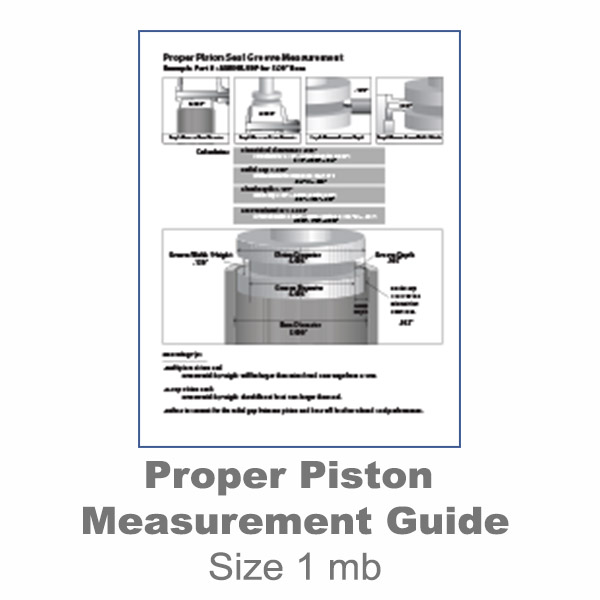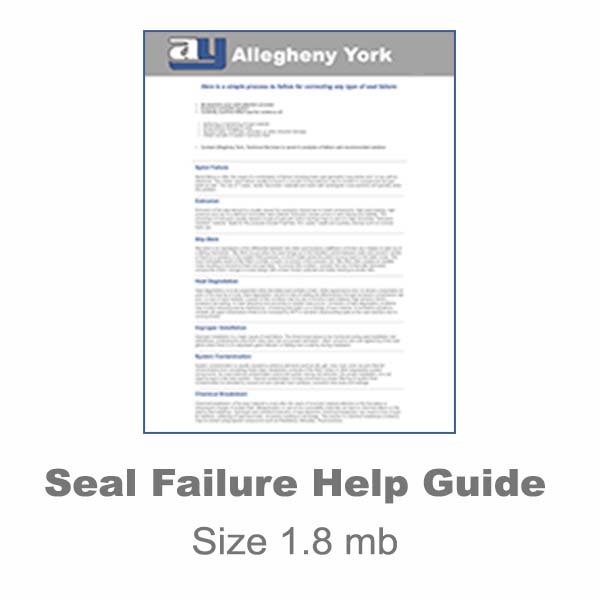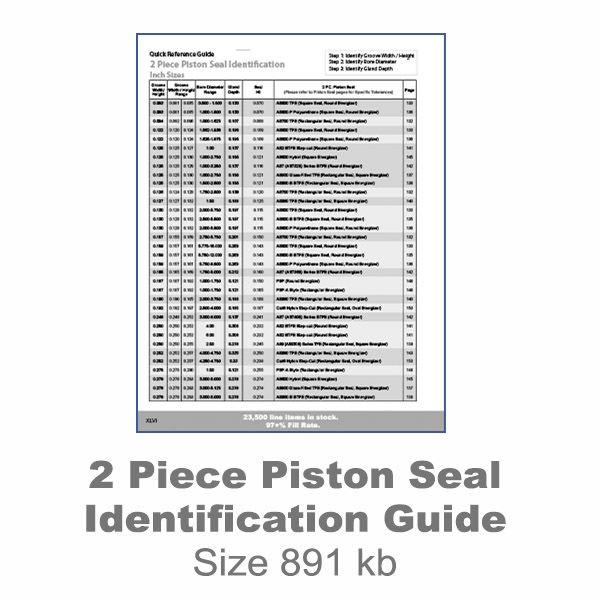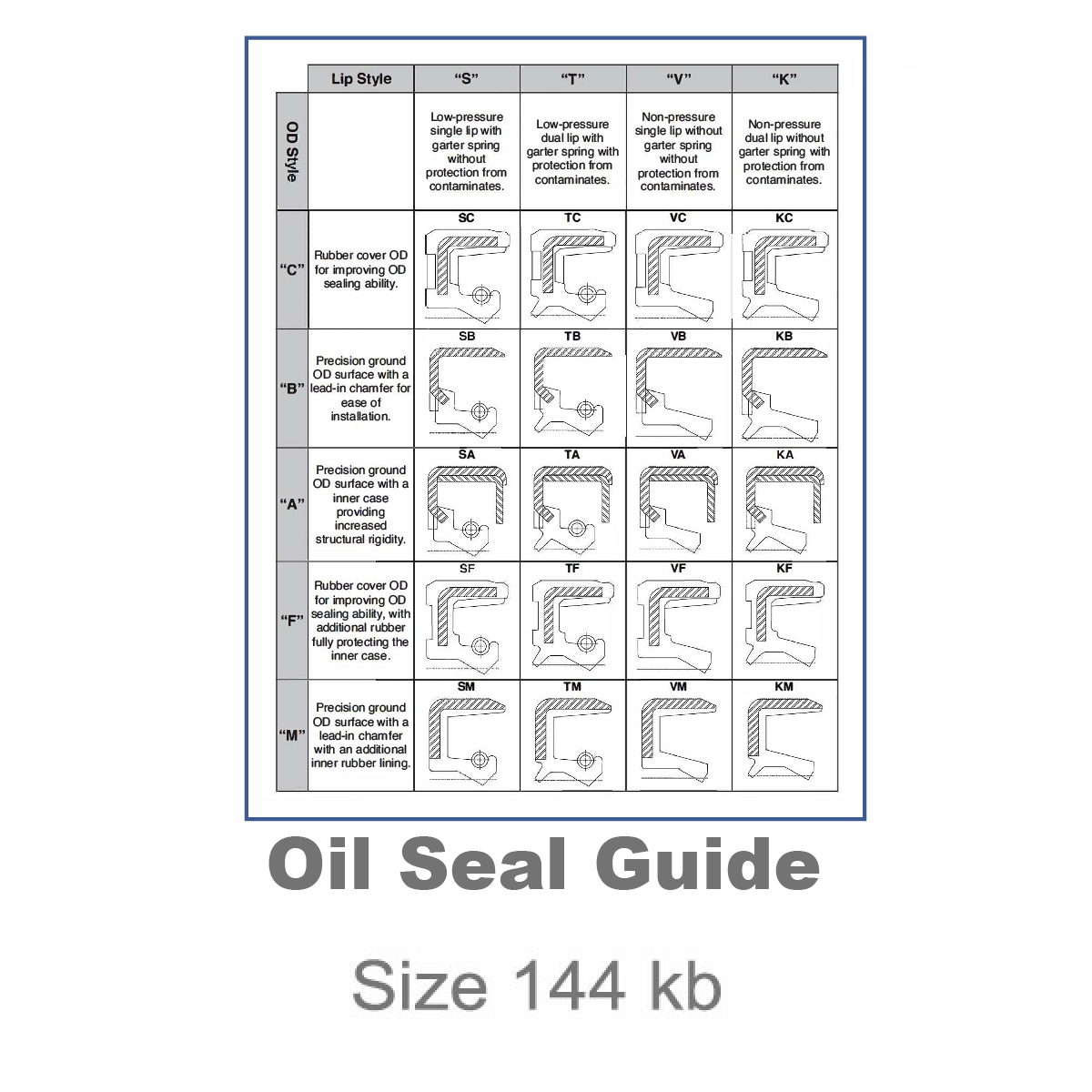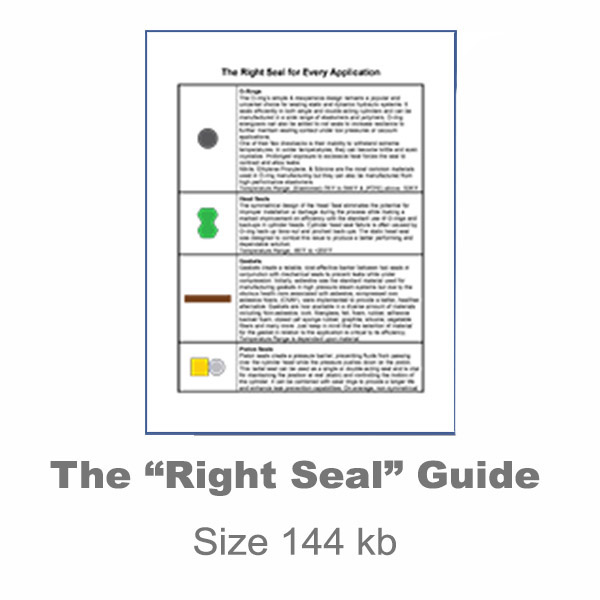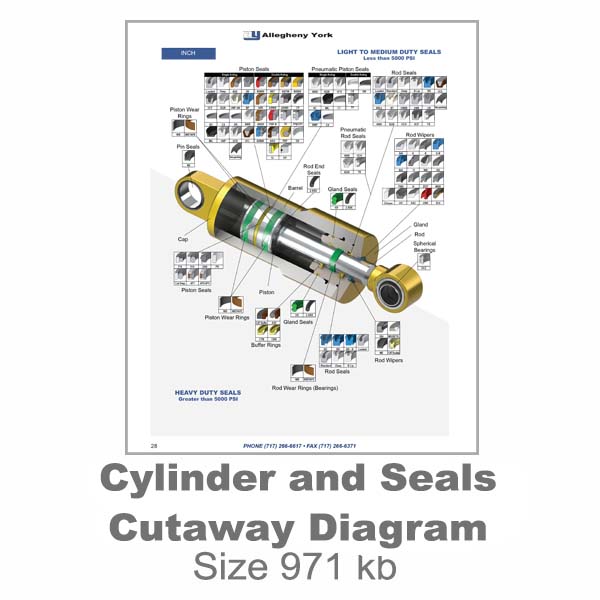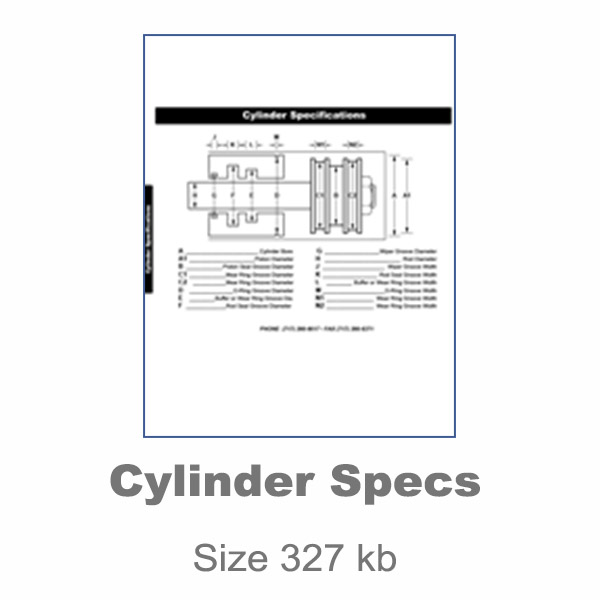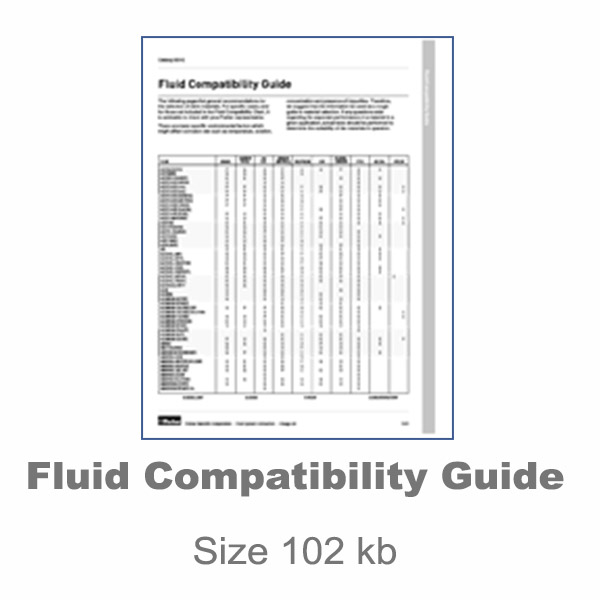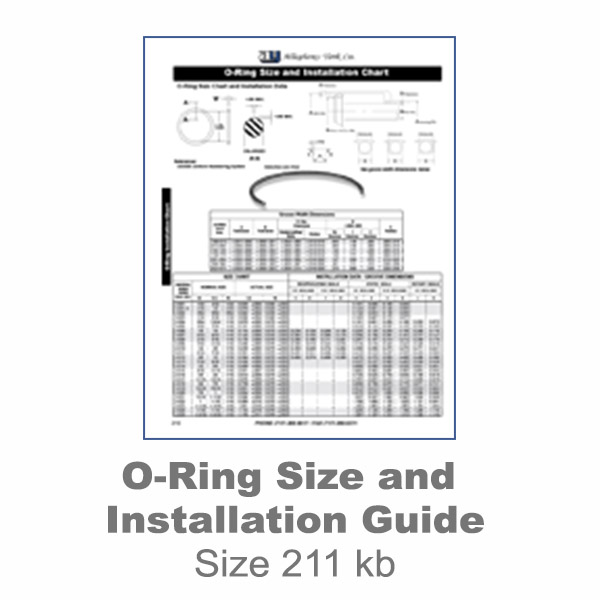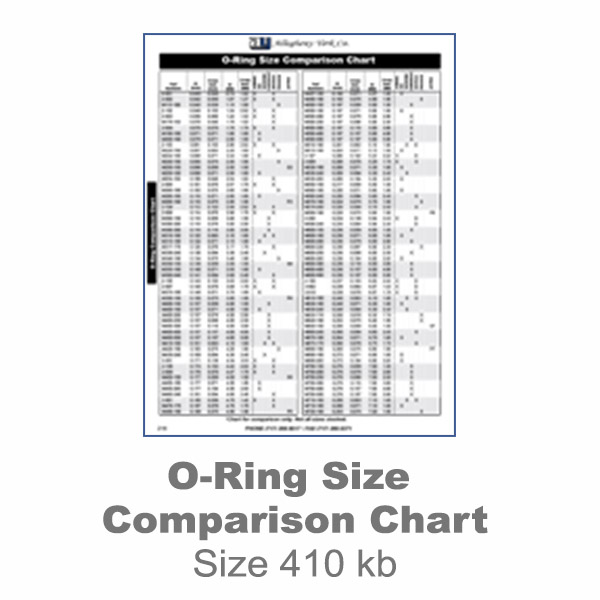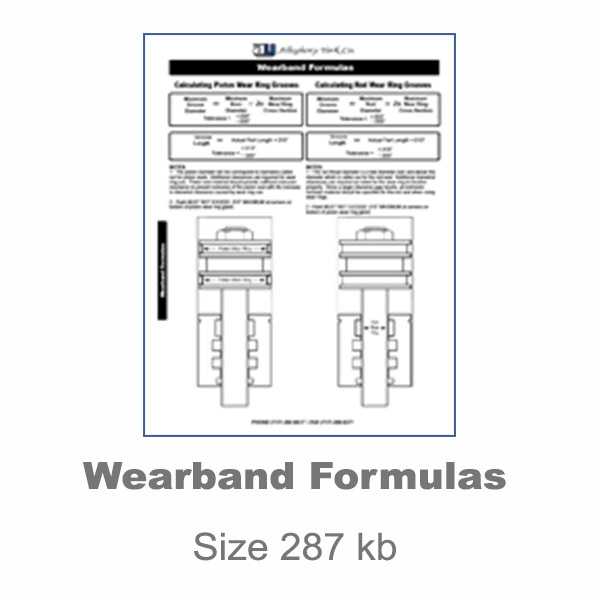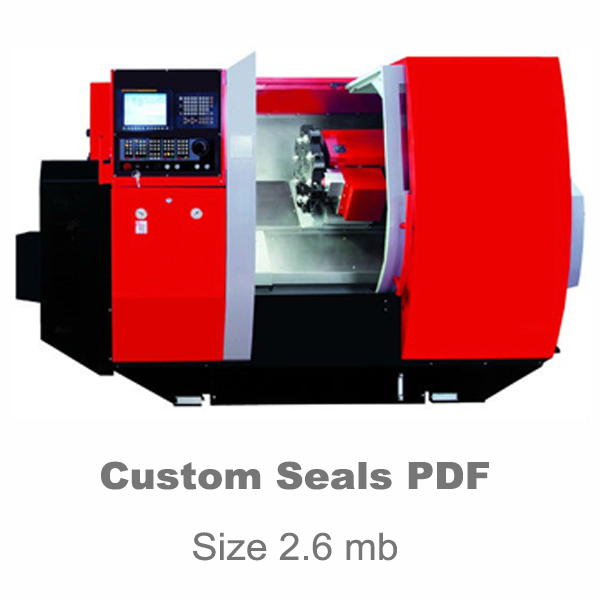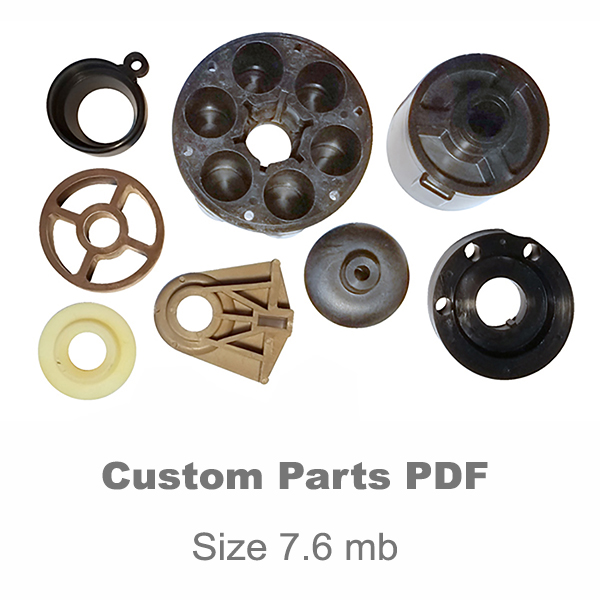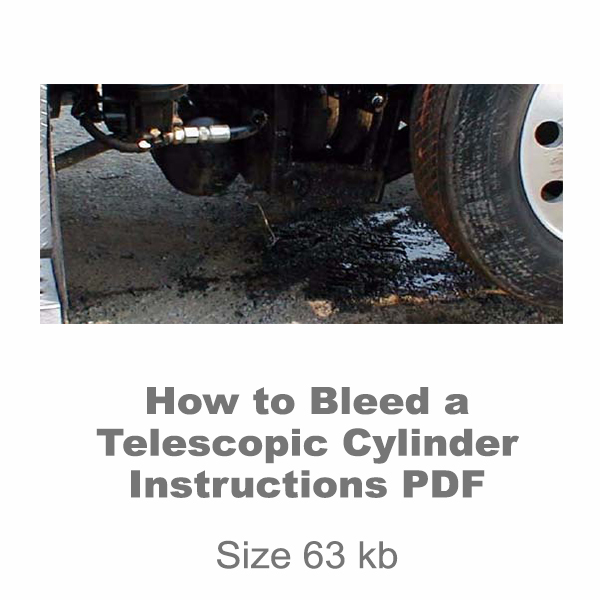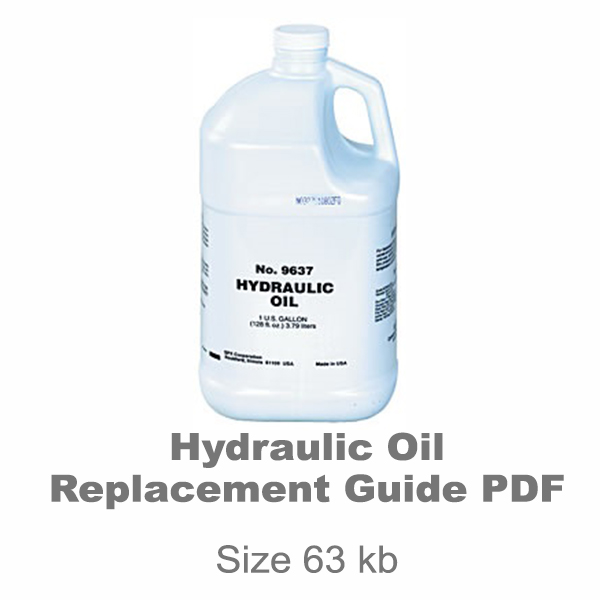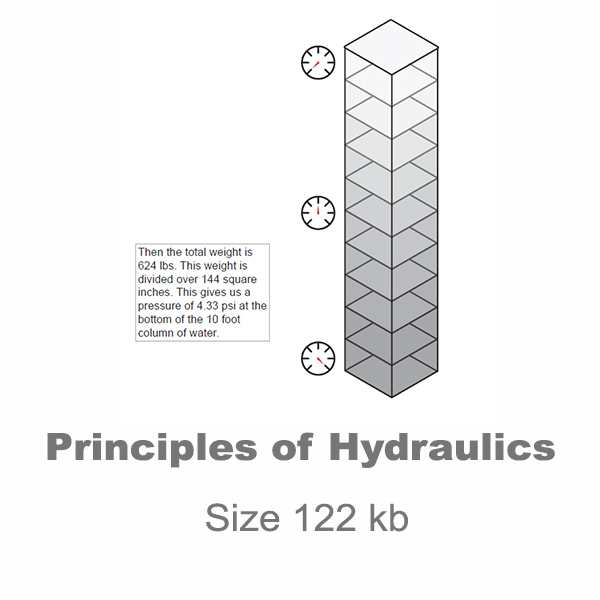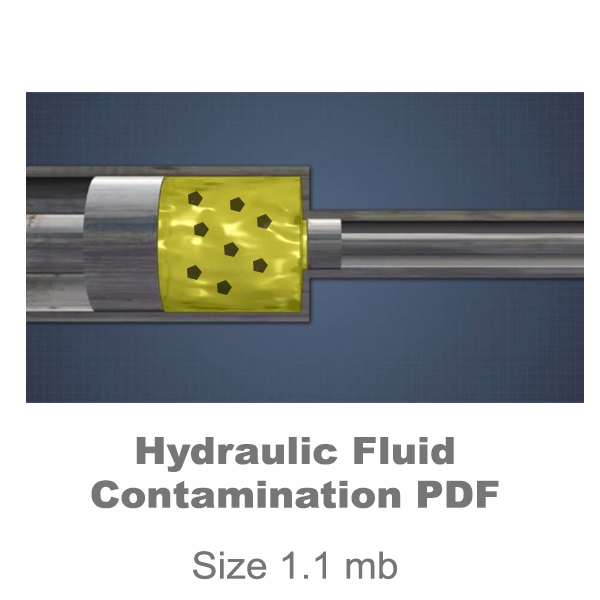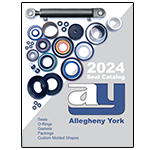 Google Tag Manager Code
Google Tag Manager Code
 Homepage Banner Slideshow
Homepage Banner Slideshow
 icon menu bar
icon menu bar
 Download Header Text
Download Header Text
Allegheny York Downloadable Resources
Allegheny York has product catalogs, hydraulic service guides, parts lists and more available for download for convenient access to detailed specifications, maintenance, and instructions.
 Downloads Widget
Downloads Widget
 chat-widget_copy_copy_copy_copy_copy
chat-widget_copy_copy_copy_copy_copy
 S2K Commerce - Shopping Cart
S2K Commerce - Shopping Cart
 Downloads Text Insert
Downloads Text Insert
Lack of maintenance of hydraulic systems is the leading cause of component and system failure yet most maintenance personnel don't understand proper maintenance techniques of a hydraulic system. The basic foundation to perform proper maintenance on a hydraulic system has two areas of concern. The first area is Preventive Maintenance which is key to the success of any maintenance program whether in hydraulics or any equipment which we need reliability. The second area is corrective maintenance, which in many cases can cause additional hydraulic component failure when it is not performed to standard.
Oil Pump
Preventive Maintenance
Preventive Maintenance of a hydraulic system is very basic and simple and if followed properly can eliminate most hydraulic component failure. Preventive Maintenance is a discipline and must be followed as such in order to obtain results. We must view a PM program as a performance oriented and not activity oriented. Many organizations have good PM procedures but do not require maintenance personnel to follow them or hold them accountable for the proper execution of these procedures. In order to develop a preventive maintenance program for your system you must follow these steps:
1st: Identify the system operating condition.
a. Does the system operate 24 hours a day, 7 days a week?
b. Does the system operate at maximum flow and pressure 70% or better during operation?
c. Is the system located in a dirty or hot environment?
2nd: What requirements does the Equipment Manufacturer state for Preventive Maintenance on the hydraulic system?
3rd: What requirements and operating parameters does the component manufacturer state concerning the hydraulic fluid ISO particulate?
4th: What requirements and operating parameters does the filter company state concerning their filters ability to meet this requirement?
5th: What equipment history is available to verify the above procedures for the hydraulic system?
As in all Preventive Maintenance Programs we must write procedures required for each PM Task. Steps or procedures must be written for each task and they must be accurate and understandable by all maintenance personnel from entry level to master.
Preventive Maintenance procedures must be a part of the PM Job Plan which includes:
Tools or special equipment required performing the task.
Parts or material required performing the procedure with store room number.
Safety precautions for this procedure.
Environmental concerns or potential hazards.
PM Procedures for Hydraulic Systems
A list of Preventive Maintenance Task for a Hydraulic System could be:
1. Change the (could be the return or pressure filter) hydraulic filter.
2. Obtain a hydraulic fluid sample.
3. Filter hydraulic fluid.
4. Check hydraulic actuators.
5. Clean the inside of a hydraulic reservoir.
6. Clean the outside of a hydraulic reservoir.
7. Check and record hydraulic pressures.
8. Check and record pump flow.
9. Check hydraulic hoses, tubing and fittings.
10. Check and record voltage reading to proportional or servo valves.
11. Check and record vacuum on the suction side of the pump.
12. Check and record amperage on the main pump motor.
13. Check machine cycle time and record.
Preventive Maintenance is the core support that a hydraulic system must have in order to maximize component and life and reduce system failure. Preventive Maintenance procedures that are properly written and followed properly will allow equipment to operate to its full potential and life cycle. Preventive Maintenance allows a maintenance department to control a hydraulic system rather than the system controlling the maintenance department. We must control a hydraulic system by telling it when we will perform maintenance on it and how much money we will spend on the maintenance for the system. Most companies allow the hydraulic system to control the maintenance on them, at a much higher cost.
In order to validate your preventive maintenance procedures you must have a good understanding and knowledge of "Best Maintenance Practices" for hydraulic systems. We will convey these practices to you.
Hydraulic Knowledge
People say knowledge is power. Well this is also true in hydraulic maintenance. Many maintenance organizations do not know what their maintenance personnel should know. I believe in an industrial maintenance organization that we should divide the hydraulic skill necessary into two groups. One is the hydraulic troubleshooter, they must be your experts in maintenance and this should be as a rule of thumb 10% or less of your maintenance workforce. The other 90% + would be your general hydraulic maintenance personnel. They are the personnel that provide the preventive maintenance expertise. The percentages I gave you are based on a company developing a true Preventive / Proactive maintenance approach to their hydraulic systems. Let's talk about what the hydraulic troubleshooter knowledge and skills.
Hydraulic Troubleshooter:
Knowledge -
• Mechanical Principles / force, work, rate, simple machines.
• Math / basic math, complex math equations.
• Hydraulic Components / application and function of all hydraulic system components.
• Hydraulic Schematic Symbols / understanding all symbols and their relationship to a hydraulic system.
• Calculate flow, pressure, and speed.
• Calculate the system filtration necessary to achieve the system's proper ISO particulate code.
Skill -
• Trace a hydraulic circuit to 100% proficiency.
• Set the pressure on a pressure compensated pump.
• Tune the voltage on an amplifier card.
• Null a servo valve.
• Troubleshoot a hydraulic system and utilize "Root Cause Failure Analysis".
• Replace any system component to manufacturer's specification.
• Develop a PM Program for a hydraulic system.
• Flush a hydraulic system after a major component failure.
General Hydraulic:
Knowledge -
• Filters / function, application, installation techniques
• Reservoirs / function, application
• Basic hydraulic system operation
• Cleaning of hydraulic systems
• Hydraulic lubrication principles
• Proper PM techniques for hydraulics
Skills -
• Change a hydraulic filter and other system components.
• Clean a hydraulic reservoir.
• Perform PM on a hydraulic system.
• Change a strainer on a hydraulic pump.
• Add filtered fluid to a hydraulic system.
• Identify potential problems on a hydraulic system.
• Change a hydraulic hose, fitting or tubing.
Measuring Success
In any program we must track success in order to have support from management and maintenance personnel. We must also understand that any action will have a reaction negative or possible. We know successful maintenance programs will provide success but we must have a checks and balances system to ensure we are on track.
In order to measure success of a hydraulic maintenance program we must have a way of tracking success but first we need to establish a benchmark. A benchmark is method by which we will establish certain key measurement tools that will tell you the current status of your hydraulic system and then tell you if you are succeeding in your maintenance program.
Before you begin the implementation of your new hydraulic maintenance program it would be helpful to identify and track the following information.
1. Track all downtime (in minutes) on the hydraulic system with these questions answered. / Tracked daily /
• What component failed?
• Cause of failure?
• Was the problem resolved?
• Could this failure have been prevented?
2. Track all cost associated with the downtime. / tracked daily /
• Parts and material cost?
• Labor cost?
• Production downtime cost?
• Any other cost you may know that can be associate with a hydraulic system failure.
3. Track hydraulic system fluid analysis. Track the following from the results. / take samples once a month /
• Copper content
• Silicon content
• H2O
• Iron content
• ISO particulate count
• Fluid condition (Viscosity, additives, and oxidation).
When the tracking process begins you need to trend the information that can be trended. This allows management the ability to identify trends that can lead to positive or negative consequences.
Hydraulic Fluid Samples
Fluid analysis proved the need for better filtration. The addition of a 3-micron absolute return line filter to supplement the "kidney loop" filter solved the problem.
Many organizations do no know where to find the method for tracking and trending the information you need accurately. A good Computerized Maintenance Management System can track and trend most of this information for you.
Recommended Maintenance Modifications
Modifications to an existing hydraulic system need to be accomplished professionally. A modification to a hydraulic system in order to improve the maintenance efficiency is important to a company's goal of maximum equipment reliability and reduced maintenance cost.
1st: Filtration pump with accessories:
Objective: The objective of this pump and modification is to reduce contamination that is introduced into an existing hydraulic system through the addition of new fluid and the device used to add oil to the system.
Additional Information: Hydraulic fluid from the distributor is usually not filtered to the requirements of an operating hydraulic system. Typically this oil is strained to a mesh rating and not a micron rating. How clean is clean? Typically hydraulic fluid must be filtered to 10 microns absolute or less for most hydraulic system, 25 microns is the size of a white blood cell, and 40 microns is the lower limit of visibility with the unaided eye.
Many maintenance organizations add hydraulic fluid to a system through a contaminated funnel and may even used a bucket that has had other types of fluids and lubricants in them previously, without cleaning them.
Recommended equipment and parts:
• Portable Filter Pump with a filter rating of 3 microns absolute.
• Quick disconnects that meet or exceeds the flow rating of the Portable Filter Pump.
• A ¾" pipe long enough to reach the bottom of a hydraulic container your fluids are delivered in from the distributor.
• A 2" reducer bushing to ¾"npt to fit into the 55 gallon drum, if you receive your fluid by the drum. Otherwise, mount the filter buggy to the double wall "tote" tank supports, if you receive larger quantities.
• Reservoir vent screens should be replaced with 3/10 micron filters, an openings around piping entering the reservoir sealed.
Show a double wall tote tank of about 300 gallons mounted on a frame for fork truck handling, with the pump mounted on the frame work.
Also show pumping from a drum mounted on a frame for fork truck handling, sitting in a catch pan, for secondary containment, with the filter buggy attached.
Regulations require that you have secondary containment, so make everything "leak" into the pan.
Modify the Hydraulic Reservoir
Objective: The objective is to eliminate the introduction of contamination through oil being added to the system or contaminates being added through the air intake of the reservoir. A valve needs to be installed for oil sampling.
Additional Information: The air breather strainer should be replaced with a 10-micron filter if the hydraulic reservoir cycles. A quick disconnect should be installed on the bottom of the hydraulic unit and at the ¾ level point on the reservoir with valves to isolate the quick disconnects in case of failure. This allows the oil to added from a filter pump as previously discussed and would allow for external filtering of the hydraulic reservoir oil if needed. Install a petcock valve on the front of the reservoir that will be used for consistent oil sampling.
Equipment and parts needed:
• Quick disconnects that meet or exceeds the flow rating of the Portable Filter Pump.
• Two gate valves with pipe nipples.
• One 10 micron filter breather.
WARNING: Do not weld on a hydraulic a reservoir to install the quick disconnects or air filter.
As in any proactive maintenance organization you must perform Root Cause Failure Analysis in order to eliminate future component failures. Most maintenance problems or failures will repeat themselves without someone identifying what caused the failure and proactively eliminate it.
A preferred method is to inspect and analyze all component failures. Identify the following:
• Component Name and model number.
• Location of component at the time of failure.
• Sequence or activity the system was operating at when the failure occurred.
• What caused the failure?
• How will the failure be prevented from happening again?
Failures are not caused by an unknown factor like "bad luck" or "it just happened" or "the manufacturer made a bad part". We have found most failures can be analyzed and prevention taken to prevent their re-occurrence. Establishing teams to review each failure can pay off in major ways.
To summarize, maintenance of a hydraulic system is the first line of defense to prevent component failure and thus improve equipment reliability. As spoken about earlier, discipline is the key to the success of any proactive maintenance program.

